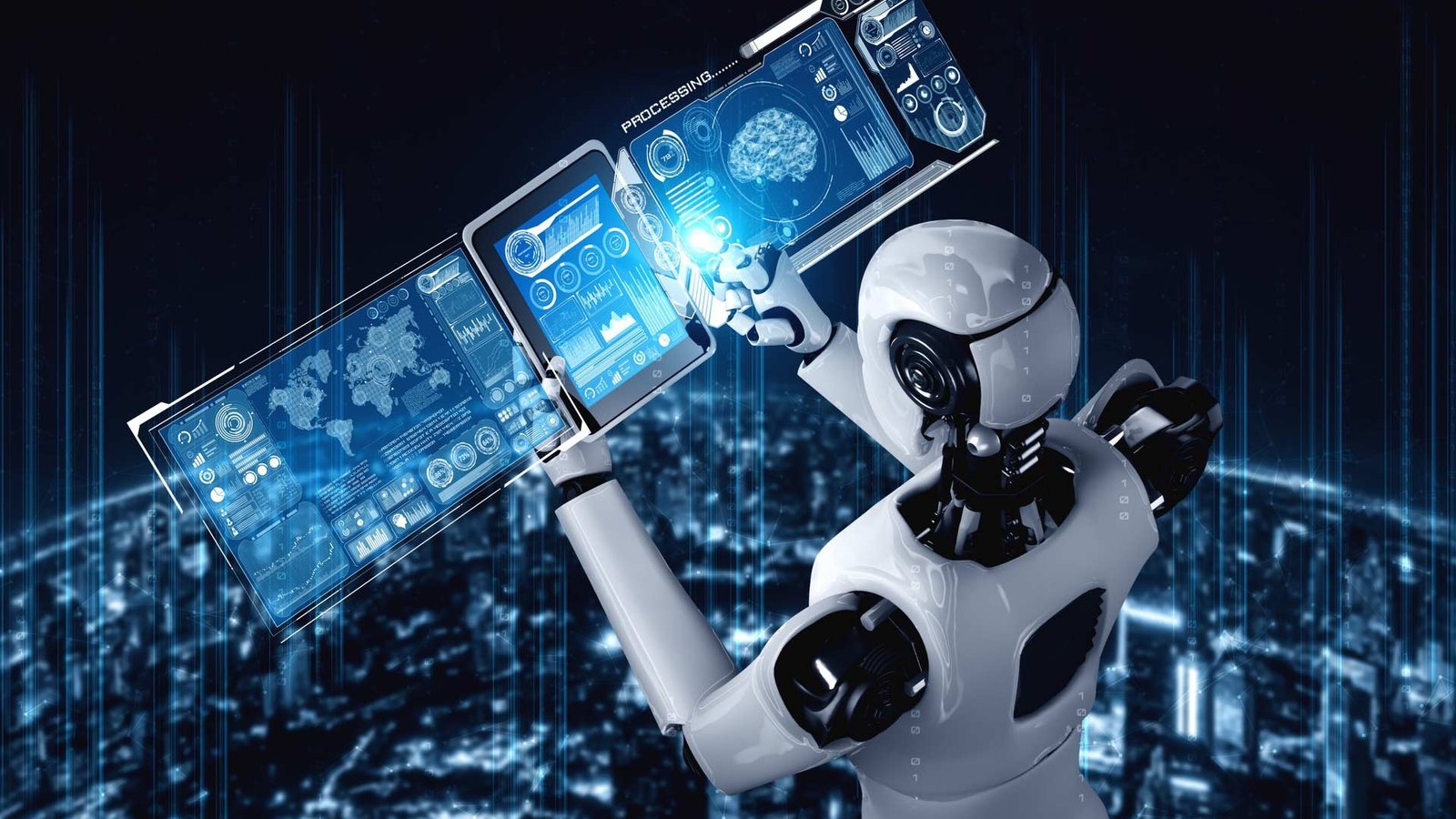Autonomous RPA is redefining automation with AI-powered decision-making. Shedding light on how self-driving bots are transforming industries.
Traditional RPA is based on scripted rules and code. But, autonomous RPA does it differently. It uses AI, machine learning, and smart decision-making capability. They enable self-driving bots to learn, adapt, and automate processes.
Organizations are confronted with increasing cost pressures and operational inefficacies. Autonomous RPA is proving to be a game-changer. It can reorient enterprise workflows in 2025 and beyond.
Table of Contents
1. Why Traditional RPA is Falling Short
2. How AI is Making RPA Smarter
3. How Businesses Are Using Autonomous RPA Today
4. The Benefits That Make Autonomous RPA a Must-Have
5. Training RPA Bots to Evolve
Why Businesses Can’t Afford to Ignore Autonomous RPA
1. Why Traditional RPA is Falling Short
For years, RPA has been an effective solution for automating routine processes. However, it comes with some constraints. Conventional bots need formatted inputs and fail when they encounter variance or exceptions.
This inflexibility creates roadblocks. It also requires constant human intervention to update and fix workflows. At a time when companies must be fast, accurate, and scalable, these limitations make traditional RPA inadequate.
Businesses strive for smart automation. This is where the shift toward autonomous RPA and AI-driven RPA bots
2. How AI is Making RPA Smarter
Since AI technology is cohesive, automation is reaching unprecedented levels. Automated bots grow increasingly autonomous due to the evolving deep learning, computer vision, and natural language processing —key components in the Blend of AI and RPA. The bots can now identify patterns, evaluate unstructured content, and form contextual opinions.
Static automation does not learn from interactions; autonomous RPA does and improves over time thanks to autonomous navigation and AI-based decision-making. This flexibility enables businesses to scale automation more effectively. They may accomplish this without having to deal with the customary hassle of continuously retraining bots and fine-tuning rules.
3. How Businesses Are Using Autonomous RPA Today
Top companies are already using autonomous RPA to boost productivity in many industries:
- Banking – AI-driven bots scan transaction information in real time. They identify fraud and flag suspicious transactions for review—all without human intervention.
- Healthcare – Autonomous bots automate patient data processing. They also manage insurance claims and even assist in medical diagnosis.
- Manufacturing – AI-based RPA streamlines supply chain processes. It forecasts demand shifts and automates procurement decisions.
These self-driving bots are doing more than just mechanizing tasks. They are revolutionizing industries by making processes more proactive, intelligent, and efficient.
4. The Benefits That Make Autonomous RPA a Must-Have
Companies that use autonomous RPA gain a competitive advantage in several ways. The benefits of autonomous RPA include cost reduction, improved decision-making, and greater precision.
AI-powered RPA bots can operate 24/7. This minimizes human effort and eliminates errors. Studies show that companies using autonomous RPA achieve up to 40% efficiency gains. They also reduce operational costs by as much as 30%.
Dynamic workflow changes introduce even greater flexibility reinforcing the blend of AI and RPA in business processes. Companies can react rapidly to shifting market environments.
With more and more sophisticated regulations, self-learning robots assist businesses in remaining compliant. They detect and counter risks in real time. This minimizes fines for non-compliance and inefficiency.
5. Training RPA Bots to Evolve
The major benefit of autonomous RPA is that it learns a key factor in training RPA bots to evolve. Unlike legacy bots that rely on fixed scripts, AI-based bots improve over time. They enhance themselves through continuous reinforcement learning and data insights.
Companies can train these bots using real-time data. This helps them refine decision-making logic and tackle new challenges. They do so without needing constant human intervention, leveraging the key AI technologies in RPA for self-learning.
This learning ability keeps automation relevant, effective, and scalable. It adapts even as business requirements change.
Why Businesses Can’t Afford to Ignore Autonomous RPA
Self-sustaining autonomous RPA is more than an upgrade of automation—it’s a revolution. Businesses are looking for more intelligent, quicker, and more adaptive solutions. In this transformation, driverless bots will be the pillar of business efficiency.
However, mass adoption comes with its own set of challenges. Integrating AI-based automation requires enormous investment in infrastructure, data handling, and top-level talent. Additionally, data protection and ethical use of AI must be addressed. Without responsible automation, long-term success is by no means assured.
Despite these challenges, the way is clear—autonomous RPA is on the horizon all set to redefine Robotic Process Automation (RPA). The integration of AI and RPA opens up new dimensions of intelligence, scalability, and resilience. Automation is no longer merely a tool. It is becoming an active, decision-making business partner.
With each advancement in technology and reduction in costs, adoption rates are poised to skyrocket. By 2025, analysts foresee that 70% of companies will have deployed some sort of autonomous RPA. This will cement its position as a force driving digital transformation.
Those firms that ride this revolution earlier will dominate the market. Others who hold to traditional automation can end up missing out. Whether autonomous RPA will transform sectors is no longer a question. It’s only when businesses are ready to grasp the wave of smart automation.
Explore AITechPark for the latest advancements in AI, IOT, Cybersecurity, AITech News, and insightful updates from industry experts!

